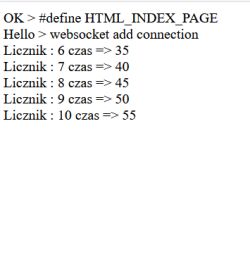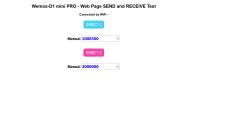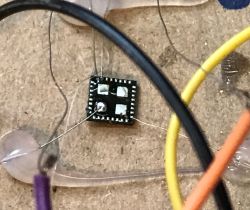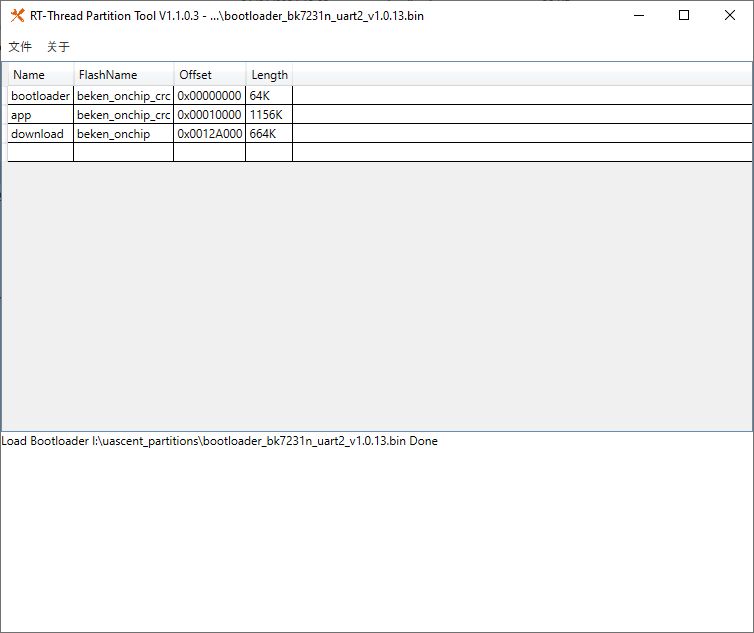Hello.
I am programming in gcc on Eclipses.
I have set up a web server on ESP01, I think complete.
I am able to send data to the websocket, to the browser, via the function
websocket_write_all(buf, strlen(buf), WEBSOCKET_TEXT);
as the HTML code of the page is defined
#define HTML_INDEX_PAGE sent by function
http_send_string(con, HTML_INDEX_PAGE, "text/html");
The problem arises when I want to define HTML_INDEX_PAGE as the code of a more extended page, there are a lot of inverted commas in the code which effectively prevents me from defining the HTML code as a string.
Please give me a hint on how I should send the extended HTML code to the browser.
I am attaching screenshots and details/body of the function in the attachment.
Regards
edit - there are tons of examples for the Arduino IDE on the web.
edit2 - code for ESP in NOTA and NONOS, important !
 .
.
 .
.
I am programming in gcc on Eclipses.
I have set up a web server on ESP01, I think complete.
I am able to send data to the websocket, to the browser, via the function
websocket_write_all(buf, strlen(buf), WEBSOCKET_TEXT);
as the HTML code of the page is defined
#define HTML_INDEX_PAGE sent by function
http_send_string(con, HTML_INDEX_PAGE, "text/html");
The problem arises when I want to define HTML_INDEX_PAGE as the code of a more extended page, there are a lot of inverted commas in the code which effectively prevents me from defining the HTML code as a string.
Please give me a hint on how I should send the extended HTML code to the browser.
I am attaching screenshots and details/body of the function in the attachment.
Regards
edit - there are tons of examples for the Arduino IDE on the web.
edit2 - code for ESP in NOTA and NONOS, important !
 .
.
 .
.





